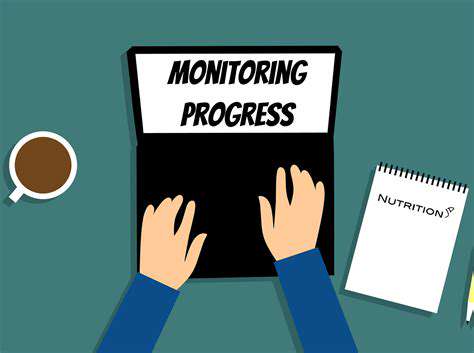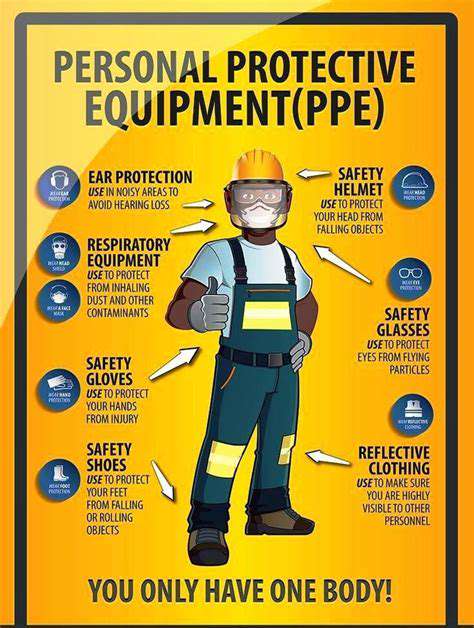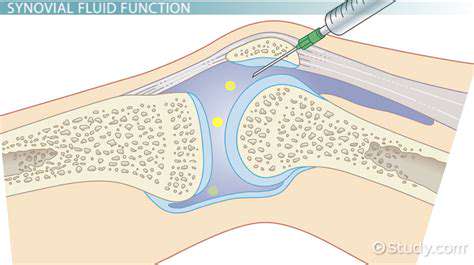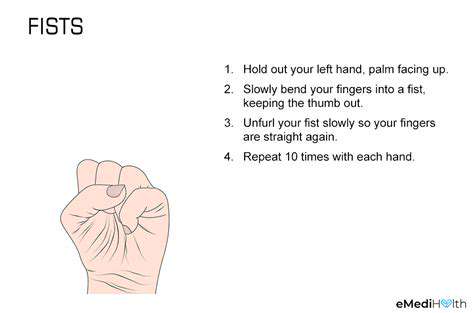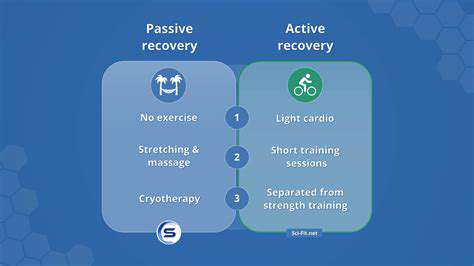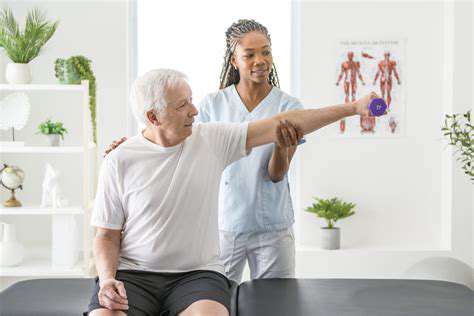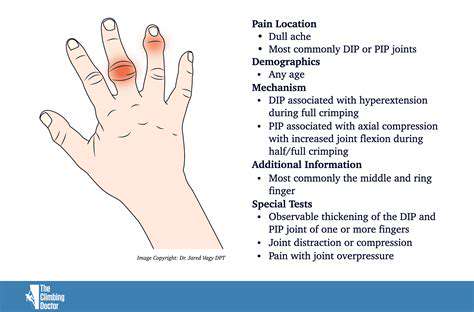Exercises to Enhance Finger Mobility
Finger Extension Exercises
Balancing flexion with extension movements prevents muscle imbalances that could lead to injury. These exercises specifically target the often-neglected extensor muscles, which are vital for releasing objects and fine motor control. Many hand therapists emphasize their importance for maintaining healthy hand function.
Place a rubber band around your fingers and thumb, then slowly open your hand against the resistance. Hold the extended position for 2-3 seconds before returning to neutral. Perform 2-3 sets of 12-15 repetitions daily. The controlled movement helps develop precision control that translates to real-world activities.
Finger Abduction Exercises
Spreading your fingers apart against resistance strengthens the muscles between your metacarpals. This type of training is particularly beneficial for musicians, surgeons, and anyone requiring independent finger control. Improved abduction strength allows for more delicate manipulations and reduces strain during complex tasks.
Try this variation: place your hand flat on a table with fingers together. Slide each finger outward against light resistance (a towel works well) one at a time. Hold each position for 2 seconds before returning. This isolates individual fingers while maintaining proper alignment.
Finger Adduction Exercises
Bringing fingers together against resistance develops the muscles needed for powerful grips and precise pinching motions. These exercises complement abduction work to create balanced hand strength. Occupational therapists often incorporate them into rehabilitation programs for patients recovering from hand injuries.
Hold a soft ball or rolled towel between two fingers, squeezing firmly for 5-7 seconds before releasing. Alternate between different finger combinations to ensure comprehensive development. The sustained contraction builds endurance for prolonged gripping activities.
Finger Circumduction Exercises
Circular finger motions enhance joint mobility and coordination throughout the entire range of motion. These movements lubricate the joints while strengthening the supporting musculature. Many athletes incorporate them into warm-up routines to prepare for fine motor tasks.
With your hand elevated, trace increasingly larger circles with each fingertip. Focus on smooth, controlled movements rather than speed. Performing 5-6 circles in each direction per finger helps maintain flexibility while building endurance.
Finger Pronation and Supination Exercises
Rotational movements develop the intricate coordination needed for tool use and instrument playing. These exercises target the forearm muscles that control finger orientation. Proper rotational strength prevents overuse injuries common in repetitive tasks like typing or assembly work.
Hold a lightweight object (like a pen) and practice controlled rotations from palm-up to palm-down positions. Keep movements slow and deliberate, focusing on muscle engagement throughout the entire motion. This develops the endurance needed for prolonged rotational activities.
Rest and Recovery for Finger Exercises
Muscle development occurs during recovery periods, not during the exercises themselves. Overtraining small hand muscles can lead to tendinitis or other chronic issues that may require medical intervention. Most therapists recommend at least 48 hours between intensive finger workouts.
Signs you need more recovery time include persistent stiffness, decreased range of motion, or unusual fatigue during normal activities. Contrast therapy (alternating warm and cold soaks) can accelerate recovery when properly timed after workouts.
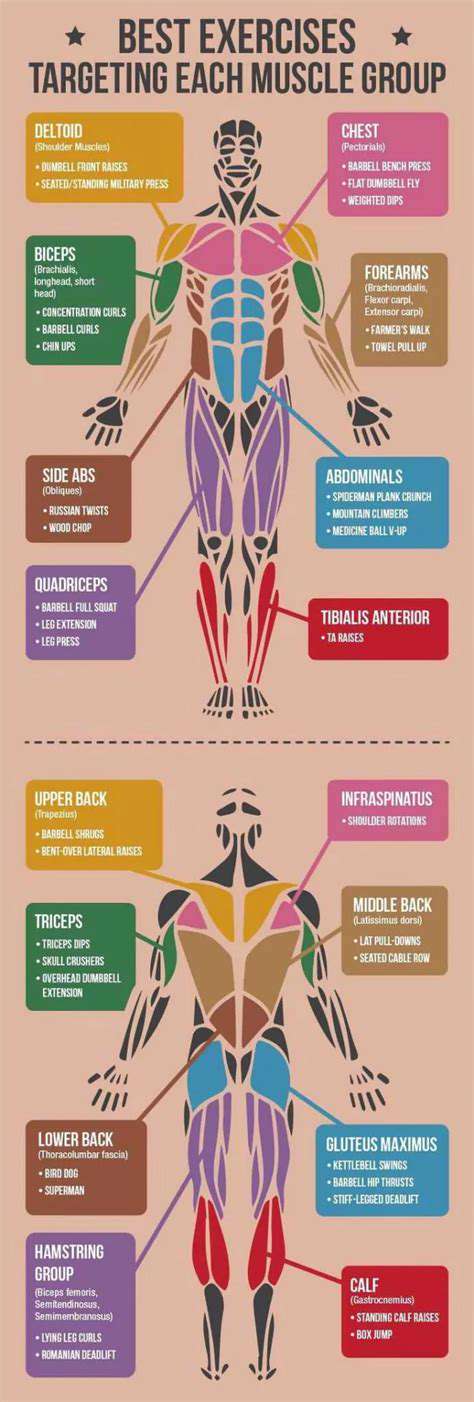
Maintaining Consistency for Optimal Results

Consistency in Methodology
Standardized procedures form the foundation of reliable training outcomes. Whether rehabilitating an injury or enhancing performance, maintaining identical conditions for each session allows accurate progress tracking. This includes using the same equipment, environmental conditions, and measurement techniques throughout your program.
Data Collection Procedures
Documenting each workout session provides valuable feedback for adjusting your regimen. Record details like exercise order, resistance levels, repetition counts, and any discomfort experienced. This objective data reveals patterns that subjective feelings might miss, allowing for more informed training decisions.
Data Analysis Techniques
Review your training logs weekly to identify trends. Look for plateaus in performance, asymmetries between hands, or unexpected variations in capability. Many successful athletes use simple spreadsheets to visualize their progress over time, making adjustments when progress stalls.
Reporting and Documentation
Maintaining detailed records serves multiple purposes: it keeps you accountable, provides motivation by showing progress, and creates a reference for future training cycles. Thorough documentation transforms random exercise into a structured program with measurable outcomes.
Interpretation and Conclusion Drawing
Base training adjustments on concrete data rather than temporary feelings. A single poor session doesn't necessarily indicate regression, just as one great workout doesn't prove dramatic improvement. Look for consistent patterns over 3-4 weeks before making significant program changes.
